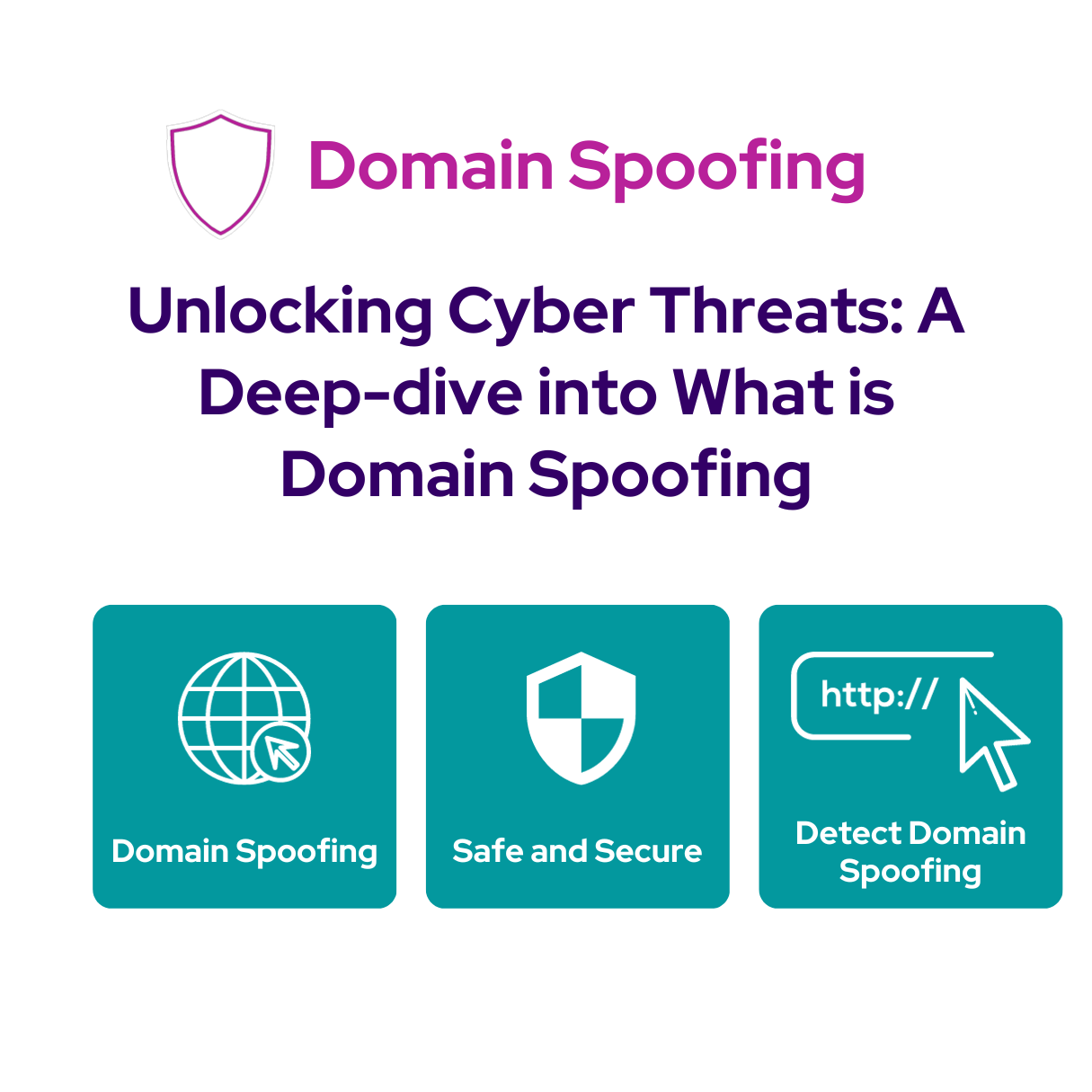Introduction
Online security is more critical now than ever. With the rise in online transactions, data exchanges, and daily internet usage, individuals and organizations alike can not overlook any potential threats. Among those lurking dangers is 'domain spoofing' - an often misunderstood and thus under-guarded cybersecurity threat. This friendly guide aims to illuminate what domain spoofing means, its impact, and how we can collectively combat it.
Understanding Domain Spoofing
Consider domain spoofing as the equivalent of an online impostor—a party that poses as a reliable source to deceive you into disclosing private information.
Imagine you receive an email from your bank asking you to verify your account details because of an apparent security issue. The sender, email design, and language mirror the ones in regular bank emails to a T. You don't suspect anything fishy and end up sharing your data, not knowing that you've fallen into the trap of a domain spoofing incident.
Technically, the spoofing process works by manipulating DNS (Domain Name System) records or using software to make it appear like an email or website originates from an official domain- quite like changing the return address on an envelope.
Evaluating the Impact of Domain Spoofing
It's no shock that domain spoofing can create havoc for unsuspecting individuals, online businesses, and organizations. The risk is direct for individuals - the loss of personal information, financial assets, and whatnot.
Companies and organizations may also bear heavy losses due to domain spoofing, including reputational damage and loss of customer trust, and performing damage control can exhaust both time and resources.
On a broader scale, domain spoofing erodes digital trust. An average user becomes suspicious and less likely to engage online due to the fear of falling into a spoofing trap.
Prevention and Protection from Domain Spoofing
Human awareness is our first line of defense against domain spoofing. Recognizing red flags like an unexpected email from your bank or being redirected to unfamiliar pages while clicking the link of a known website can save you from falling prey to domain spoofing.
On a technical level, there are several measures that you can utilize, ranging from basic security practices like updating your software regularly to advanced tools like implementing 2-factor authentication and using secure browsing tools.
Moreover, internet service providers (ISPs) and regulatory bodies play significant roles in deploying several safeguards to prevent domain spoofing, maintain servers, and address reported phishing attempts.
Facing the Future: Ongoing and Potential Solutions
While the threat of domain spoofing is alarming, the good news is that technology, collaboration, and forward-thinking strategies are keeping pace. Today, we have advanced spam filters, malvertising protection, and machine learning-driven threat detection tools to combat spoofing.
There's also progress on an international level. Collaborative efforts among countries and tech giants are fostering shared security standards and responses to address domain spoofing.
That being said, the nature of cyber threats is ever-evolving, and we need to stay prepared for new forms of domain spoofing and devise proactive safeguards.
Conclusion
Domain spoofing is a shared threat; facing it is our responsibility. Every step counts, whether raising awareness, employing advanced security tools, or contributing to a culture of digital trust. Let's remain proactive, stay informed, and ensure our little corner of the internet remains safe and trustworthy.
Frequently Asked Questions (FAQs)
What Exactly is Domain Spoofing?
A hacker performs a phishing scheme called "domain spoofing," in which they seem to be a reputable business deceiving you into exposing personal information.
How Can I Identify if I've Been a Victim of Domain Spoofing?
Review your emails and transactions carefully. If you notice odd requests for personal information, unexpected transactions, or emails from known sources leading to unfamiliar pages, these could indicate domain spoofing.
What Steps Can I Take In Case Of A Domain Spoofing Incident?
Report the incident to your ISP, bank, and relevant authorities. Change your passwords, monitor your accounts, and consider informing your friends and contacts about your experience.
Can Domain Spoofing Be Fully Prevented?
While there's no foolproof way, combining awareness, technical safeguards, and timely updates can significantly reduce the risk of domain spoofing.
How Do Companies and Regulatory Bodies Fight Domain Spoofing?
To counter domain spoofing, businesses, and government agencies implement server-side security measures, uphold secure databases, spend money on detecting technology, and promote safe online conduct.
Remember, cybersecurity is not just about tools or techniques; it's about us making informed and safe decisions in our digital lives.



